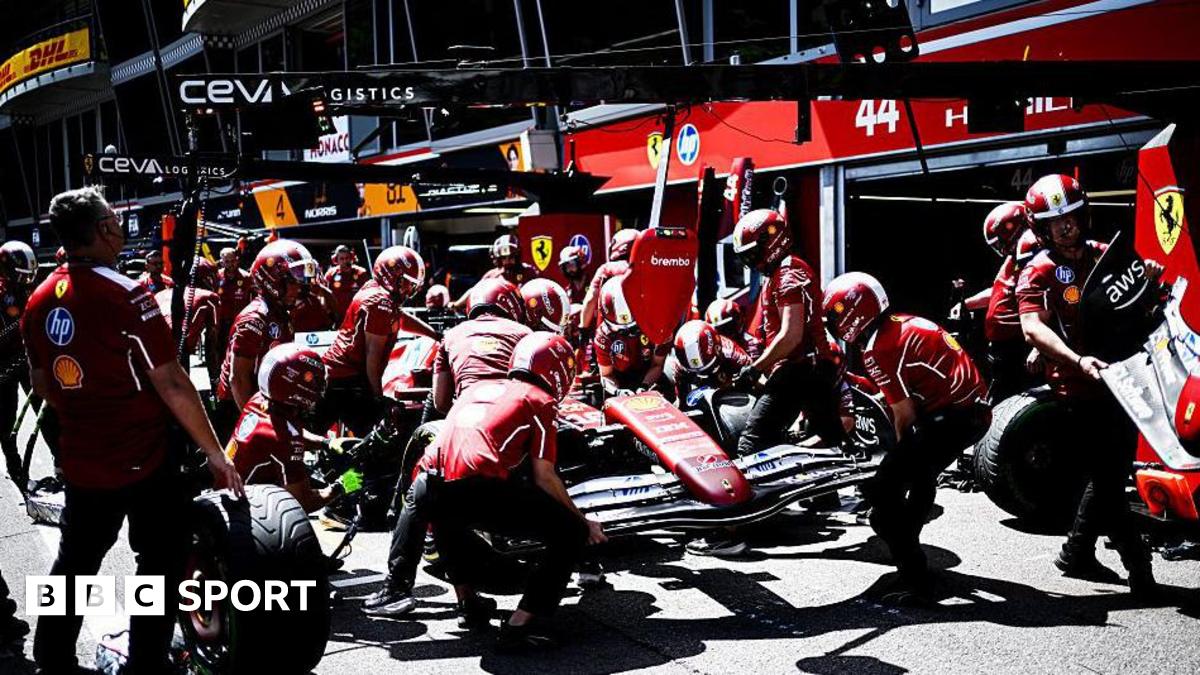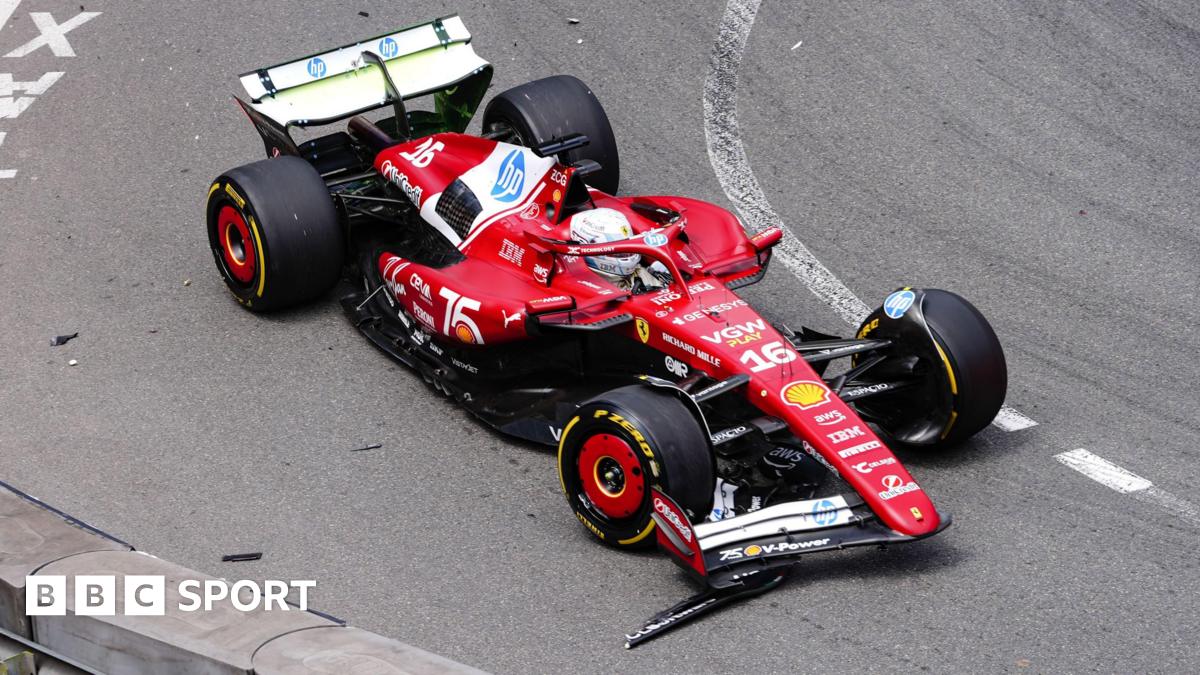What is ESG investing, and is it still a thing under Trump?

The first time I met with a financial adviser who wasn’t my dad, I told him that I wanted to avoid fossil fuels, weapons manufacturers, and health insurance companies in my retirement investment portfolio.
The adviser paused, sighed, and said, “I’ve got some bad news for you.”
He explained that since I was unwilling to pick individual stocks, it was virtually impossible to avoid investing my money in those industries. And even if I had the time and temperament to trade individual stocks to keep my investments from oil, weapons, and health insurance, my money might not keep pace with the market, or even inflation.
In short, my adviser believed I could either grow my money or feel good about my investments, but not both.
This conversation took place more than 15 years ago. In the intervening time, socially responsible investing became mainstream. These days, every brokerage and retirement plan offers at least one ESG (environmental, social, and corporate governance) investing option for concerned investors.
But just how much have things changed since my adviser poured cold water on my investing idealism? Does the existence of ESG funds truly give you the option of investing responsibly? And considering the way Trump has declared war on the very idea of corporate responsibility, will ESG investing be around much longer?
In a financial world that thinks morals are paintings on walls, here’s what you need to know about investing your values.
Rating companies on ESG performance
The ESG rating system measures the performance of a fund, security, or company in environmental, social, or corporate governance issues. Specifically, analysts look at how the company fares in terms of its environmental sustainability, its social impact, and how its internal governance promotes equity.
The goal of the ESG rating system is to provide an objective analysis and rating of the company’s relative performance compared to other companies in the market.
The rating is no more than a snapshot in time, since industry changes, market conditions, social and environmental shifts, policy adjustments within the company, and other situational changes can affect a score.
ESG doesn’t mean what you think it means
If ESG investing specifically highlights companies for their environmental or social impact, or for their commitment to equitable corporate governance, then investing in highly rated ESG funds means you are not only doing right by your money but also helping the planet and your fellow humans.
At least that’s what you’d assume ESG investing was all about.
Unfortunately, that’s not necessarily what highly rated ESG investments are doing. According to Kenneth P. Pucker and Andrew King, writing for Harvard Business Review in 2022, “the ESG ratings which underlie ESG fund selection are based on single materiality—the impact of the changing world on a company profit and loss.”
This is in contrast to companies considering double materiality, which looks at environmental impact in both directions: How do the organization’s decisions affect the environment and climate, and what potential effect will the climate and environment have on the company’s bottom line?
By looking only at single materiality, highly rated ESG funds are only interested in providing value to shareholders. The underlying companies may pay lip service to sustainability or social responsibility, but their business practices don’t accept responsibility for actually making any changes that will help the environment or social issues.
Paying more for less
Even if highly rated ESG companies aren’t necessarily playing fast and loose with the definition of “socially responsible,” it’s likely that you’re going to pay more to invest your money with an ESG fund—and get less for your investment.
That’s because ESG funds typically charge higher management fees than passive index funds while providing worse returns. This means ESG investing is an emotional decision rather than a sound investment in improving the planet, society, or your nest egg.
Gaming the system
The ESG rating system isn’t set up to reward companies that are doing the hard work of mitigating negative environmental and social impacts. This doesn’t necessarily mean that all highly rated ESG funds are full of companies headed by Gordon Gekko types. But there are certainly a number of companies that are happy to use the ESG rating system to their advantage.
For instance, in 2023, presidential pal and hat weirdo Elon Musk decried the ESG rating system for ranking Tesla below Philip Morris (of cancer stick fame). Although Tesla’s business model is about reducing greenhouse gas emissions, Philip Morris earned a significantly higher ESG score for promoting diversity, equity, and inclusion policies within its C-suite.
Musk claimed that Phillip Morris gamed the rating system to garner its 84/100 ESG score, compared to Tesla’s measly 37/100. And as much as it pains me to admit it, Musk was probably right. There’s not much a cigarette company can do to improve its environmental or social impact, so if it wants to improve its ESG score, it has to focus on corporate governance.
Despite having an eco-friendly product, Tesla was dinged for the lack of diversity within its corporate governance. Instead of ESG spurring environmentally friendly companies like Tesla to embrace DEI initiatives in the boardroom—which is what most idealistic investors probably would have preferred to see—the rating system created a way for companies like Philip Morris to greenwash their image.
Navigating the ESG landscape in the Trump era
It may come as no surprise that the current president is no fan of ESG investing. Between rolling back environmental regulations, disproportionately affecting women and people of color in his mass layoffs, and axing all diversity, equity, and inclusion within his line of sight, Trump has made it abundantly clear that he does not share any of the ESG values.
His distaste for these values is shared by many within the Republican party. Even before Trump returned to D.C. for his second term, multiple Republican-led states had adopted anti-ESG legislation generally aimed at keeping ESG investing out of state pension funds.
While the backlash against ESG is going strong, it’s unlikely that investors interested in putting their money in ESG funds will be shut out. Not only is ESG a good marketing strategy for businesses (see Philip Morris, above) but it is also popular globally, with 68% of global retail investors stating that their ethical views are an important consideration when choosing an investment, according to AXA Investment Managers.
The ESG rating system isn’t going anywhere. There are too many forces keeping it in place, even though high-profile tantrum throwers would prefer it to be gone.
Invest like a cynical optimist
I felt pretty low after my meeting with my financial adviser 15 years ago. Other than trading individual stocks—which will never be my investment style—my only option was putting my retirement money into companies I hated.
When ESG investing first gained traction a few years later, my cynicism kept me from becoming too enthusiastic about the new socially responsible investing options. It was no longer my first rodeo, and I knew that there was no easy answer to values investing.
And that is the trick to investing your values: recognizing that there are no easy answers.
It is possible to invest your money only in companies and organizations that you truly believe in, but you will have to handpick your investments and live with the risk of low returns or potentially losing principal.
You can accept the flawed ESG rating system as the best option among a bad lot, but you will have to accept higher management fees and lower returns compared to index funds.
Or you can invest passively in index funds, pay lower fees, and expect average returns—but you have to accept that your money is flowing to companies you do not support.
None of these options can relieve you of your ethical guilt, provide you with the investment returns you need, and require little-to-no active management on your part—because no investment can do all of that at the same time. Accepting that the perfect investment doesn’t exist is the fastest way to finding an investment strategy you can live with.
As for me, I’ve chosen to stick with the passive investing strategy that best fits my skills and temperament while committing to donating a percentage of my returns to organizations working to make the world a better place.
It’s an imperfect solution, but it works for me.
What's Your Reaction?
 Like
0
Like
0
 Dislike
0
Dislike
0
 Love
0
Love
0
 Funny
0
Funny
0
 Angry
0
Angry
0
 Sad
0
Sad
0
 Wow
0
Wow
0






























































































